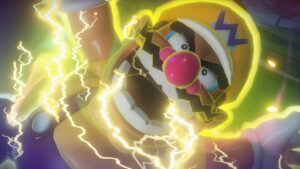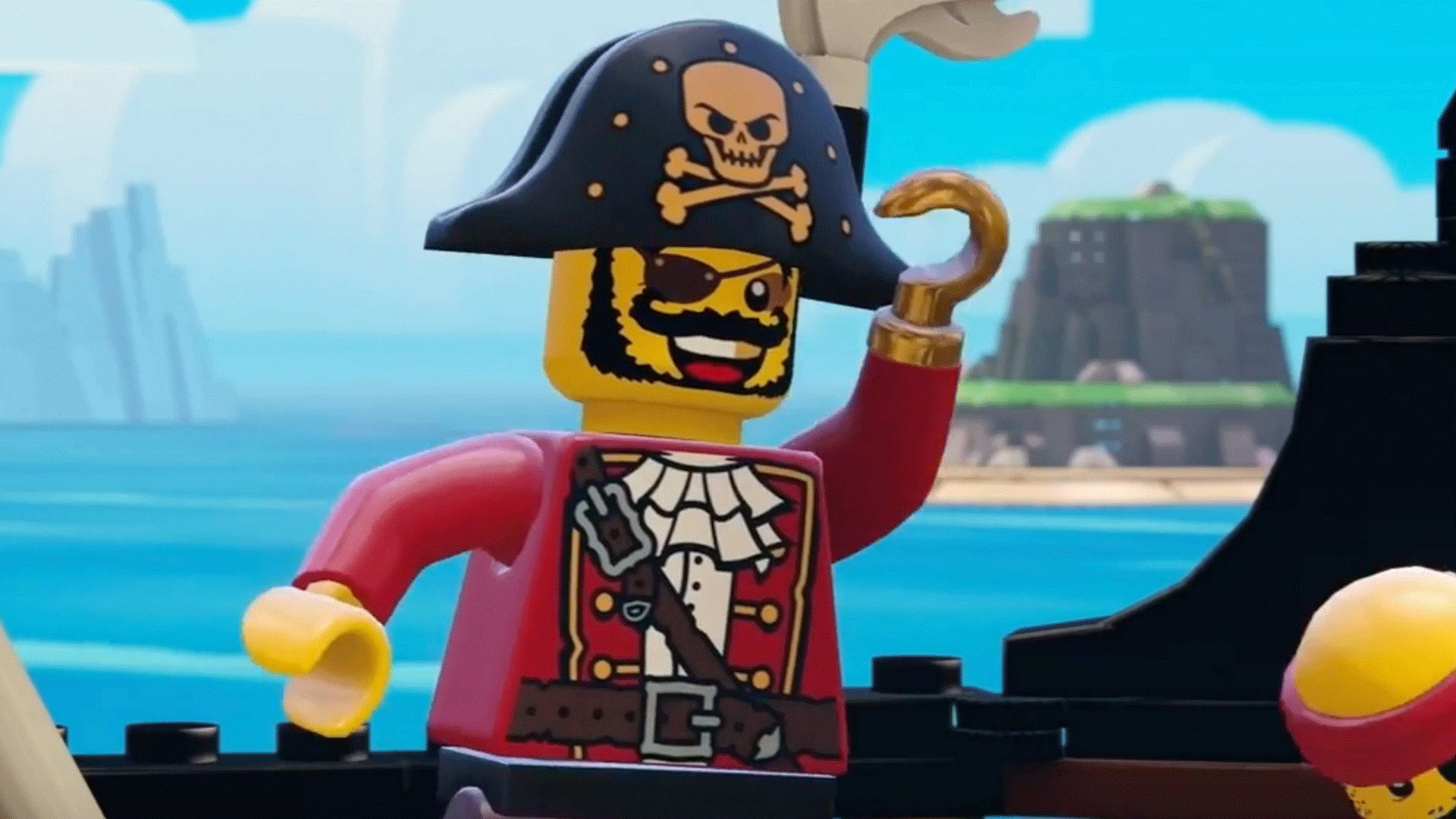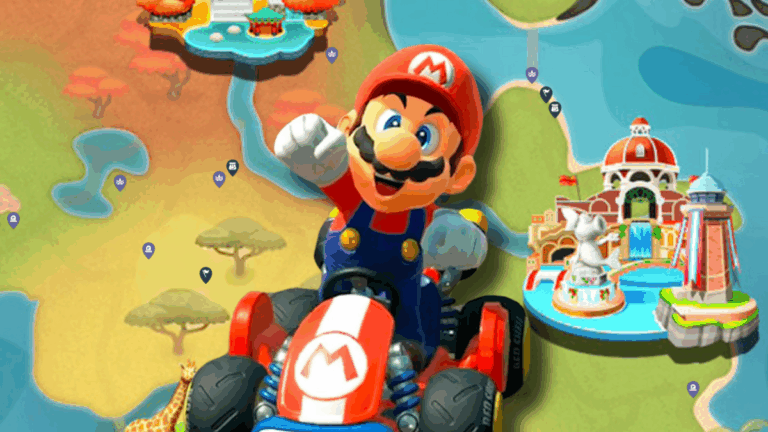An Exciting Twist on the Classic Party Game Genre
The party game genre has long served as a social connector, bringing friends and family together through shared fun across multiple gaming generations. Although new titles often fly under the radar, they can still provide delightful entertainment. One such recent addition is Lego Party, a game that aims to Lego-fy the beloved Mario Party formula, offering fans of the iconic building blocks a chance to gather in groups of four and indulge in chaotic minigame battles that test their friendship and skills alike.
What to Expect from Lego Party
If you’re familiar with Mario Party, you’ll find many familiar elements in Lego Party. Four players take their turns rolling dice to advance along a board that resembles a tabletop game. Landing on various spots triggers different events: some reward players with prizes, while others set traps designed to steal their accumulated Stars—here, represented by shiny golden Lego Bricks. After each turn, players dive into one of 60 Lego-themed minigames, each designed to offer unique and often hilarious challenges.
Innovative Minigames That Stand Out
One of Lego Party’s strongest features is its diverse and creative minigames, which set it apart from other party titles. While some are familiar, like a game where players jump over a swinging octopus tentacle until only one remains, others are more offbeat. For example, I tried a Bennett Foddy-inspired unicycle racing game where players must carefully tilt their joysticks to balance and inch forward on a tricky unicycle. Out of the eight minigames I played, I’m eager to see what other inventive challenges the game will introduce as I continue exploring.
Building Creativity into the Game
Another innovative aspect is how Lego Party embraces the creative spirit of the toy bricks. The game features overworld maps themed around fun concepts like “Pirates,” which can be altered based on in-game conditions. Landing on certain spots allows players to add unique elements to the map, such as constructing a pirate ship that wasn’t there at the start of the game. This dynamic map-building feature encourages players to think creatively and customize their experience.
Vibrant Visuals and Whacky Designs
Visually, Lego Party maintains the crisp, colorful aesthetic that the Lego video game series is known for. However, given the party game vibe, the Lego designs lean toward the zany and exaggerated rather than traditional charm. These Legos are loud, lively, and full of personality—perfect for creating a fun, energetic atmosphere that matches the chaotic spirit of party games.
Gameplay Dynamics and Competitive Features
Playing with three other players—including two colleagues from IGN and a developer—immediately pulled us into the game’s playful universe. The main goal is to collect as many Gold Bricks as possible by the end of the game. Winning minigames grants players Lego fragments, which can be combined to enhance their chances of landing on spots where Gold Bricks are hidden. Additionally, players can purchase traps (without microtransactions) to steal bricks from opponents, adding a layer of strategic sabotage.
There are also special board spots that trigger 2v2 mini-games, where teams compete for Gold Bricks. These rounds often involve cooperative minigames, such as controlling a car half each and working together to reach the finish line, emphasizing teamwork and coordination.
More Than Meets the Eye
While we only played a handful of games, the variety and fun we experienced hint at a game with significant replay value. If the full roster of minigames maintains this level of enjoyment, Lego Party could become as addictive and beloved as Mario Party. This is particularly exciting for PlayStation and Xbox users who don’t have access to Nintendo’s iconic series, offering a fresh alternative for multiplayer fun.









